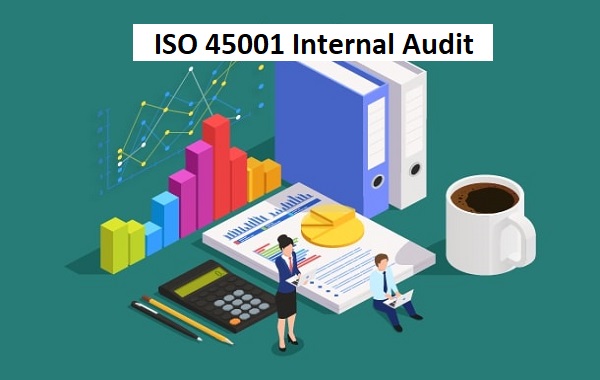
The adaptation of ISO 45001 certification is a crucial strategy for enhancing the work conditions across various businesses. ISO 45001 is an international standard that outlines the needs for occupational health and safety management systems. Employers may make their workplaces safer and healthier for their staff by following its principles. Through the implementation of strict safety procedures and risk management techniques, this certification seeks to reduce work-related illnesses, injuries, and fatalities.
Employers show that they are committed to putting employee welfare first by adopting ISO 45001 standards. It offers a structure for locating risks, evaluating hazards, and putting in place efficient countermeasures. A safety culture is also promoted within companies by ISO 45001 certification, which promotes ongoing performance enhancements in occupational health and safety.
Which are the Right Habits to Implement the Better Work Conditions
Implementing the right habits can provide a more productive and positive work environment, giving the benefit to both personnel and business success.
Schedule Regular Breaks: Taking quick breaks during the workplace helps reduce fatigue and boost output. To regain your energy, schedule some time to stretch, take a stroll, or just relax.
Maintain the Workplace Very Clean and Organized: Efficiency and attentiveness can both be improved by an uncluttered workspace. Arrange documents, files, and office supplies to keep your desk neat. Additionally calming and less stressful, a tidy workspace encourages serenity.
Manage the Tasks: Prepare the to-do list or use task management to manage your load. Focus on the high-prioritize task first to ensure the deadlines are met.
Effective Time Management: Assign defined time slots to complete activities and establish reasonable deadlines. Divide up the work into manageable portions and take each one on one at a time to prevent procrastinating. Work in concentrated bursts with brief rests in between by utilizing strategies like the Pomodoro Method.
Effective Communication: A great work environment is dependent on open and honest communication between subordinates and superiors. Be upfront and courteous in expressing your needs, wants, and concerns. Avoid misconceptions by paying attention to what other people are saying and asking questions when needed.
Promote Collaboration: To cultivate a collaborative work environment, solicit feedback from team members and acknowledge their valuable insight. To accomplish goals as a group, pool resources, expertise, and best practices. Stronger team cohesiveness and creative ideas can result from collaboration.
Foster a Work-Life Balance: Maintain a healthy work-life balance between work and life. Set the boundaries by defining specific work hours and unplugging work-related tasks.
What are the Proper Ways to Achieve ISO 45001 Certification?
Legally speaking, businesses must make sure that their workplaces are welcoming and safe so that workers can perform their jobs. Obtaining an ISO 45001 certification is proof of an organization’s general excellence in handling health and safety concerns. Knowing more about ISO 45001 certification and its standards might help you get ready to demonstrate your company’s best practices for health and safety if you’re a member of management looking to certify your enterprise. In this blog, we mention the ISO 45001 certification steps following:
- Know the ISO 45001: Understand and familiarize yourself with ISO 45001, which outlines the requirements of the Occupational Health Safety Management System.
- To Conduct the Gap Analysis: Check out the best occupational health safety practices against the ISO 45001 needs.
- Show Leadership Commitment: Determine that the management team is dedicated to putting in place and keeping up a functional occupational health and safety management system.
- Involve Employees: To guarantee their involvement and contribution to the implementation of ISO 45001 requirements, engage employees at all organizational levels.
- Develop Documentation: Write simple and understandable descriptions of the processes, rules, and procedures that comply with ISO 45001 OHSMS.
- Put Risk Assessment into Practice: Determine and assess the risks to occupational health and safety in your company, then put measures in place to successfully reduce those risks.
- Train Your Staff: To train your staff about the ISO 45001 awareness training and give staff members the know-how and abilities to comprehend their responsibilities for upholding a secure and healthful work environment.
- Conduct Internal Audits: Determine areas for improvement and evaluate the efficacy of your occupational health and safety management system, conduct internal audit with the help of ISO 45001 audit checklist regularly.
- Seek Certification: Select the best certifying body to conduct the occupational health safety management system against the ISO 45001 standard.








